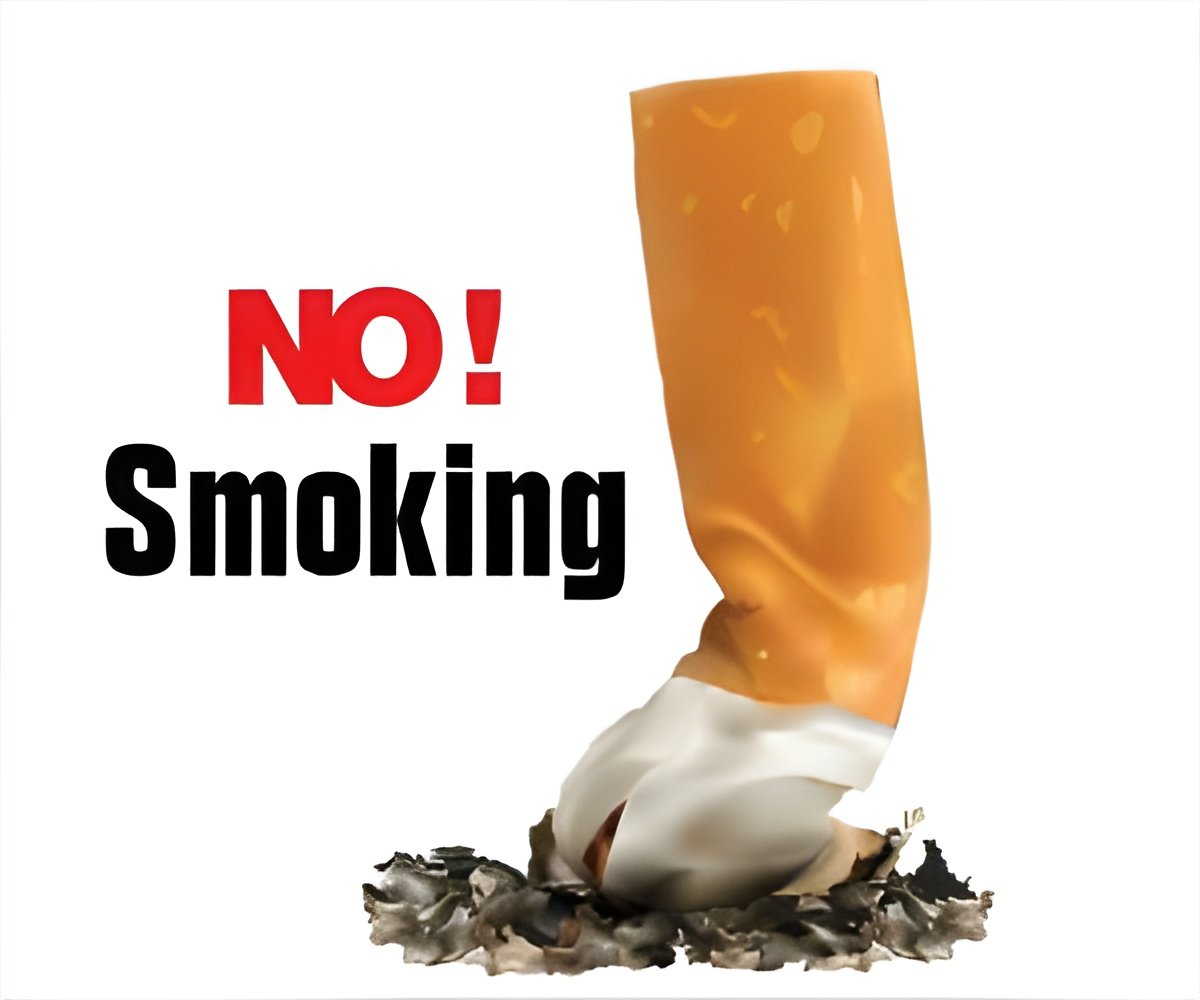Nurses who used mobile phones preloaded with tobacco screening guidelines asked patients about their smoking habits.

The study evaluated tobacco screening rates for more than 14,000 visits at clinics in New York City. Clinic patients were treated by 185 registered nurses enrolled in advanced practice degree programs at Columbia Nursing. While overall screening and counseling rates were increased by use of the mobile tools, the gains varied by race, gender and payer source, the study found. Screening was more likely to occur when patients were female or African-American, and at clinics where the predominant payer source was Medicare, Medicaid or the State Children's Health Insurance Program. Screening was also more likely for patients with private insurance than for patients who were uninsured or covered by worker compensation benefits, the study found.
"Screening for African-Americans, and men in particular, has traditionally lagged other populations, and the higher screening rates that we found for African-Americans suggest that mobile health-decision tools can help address health disparities," Cato says. "The technology can serve to remove any unintended bias clinicians might have about which patients are most likely to benefit from intervention."
While the study included only patients seen by nurses who had access to mobile health tools, the screening and counseling rates in the study are much higher than the baseline rates tracked by the CDC, Cato says. Using the mobile tools also helped clinicians exceed the targets for screening and counseling established by Healthy People 2020, a national road map for improving health and eliminating health disparities. Tobacco-related objectives in Healthy People 2020 include screening rates of about 69 percent during office visits, and counseling rates of about 21 percent.
Source-Eurekalert











